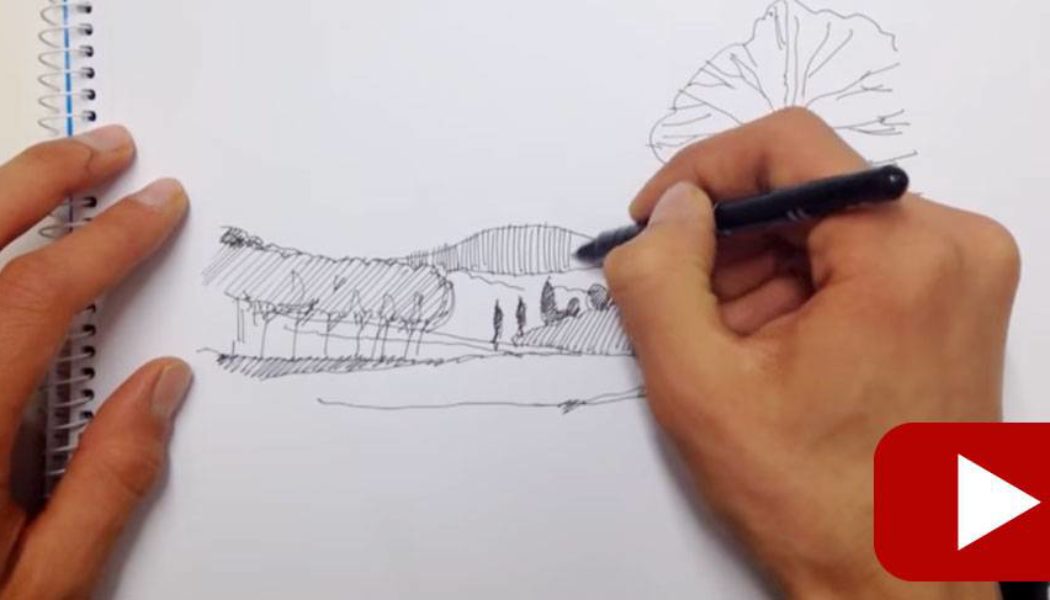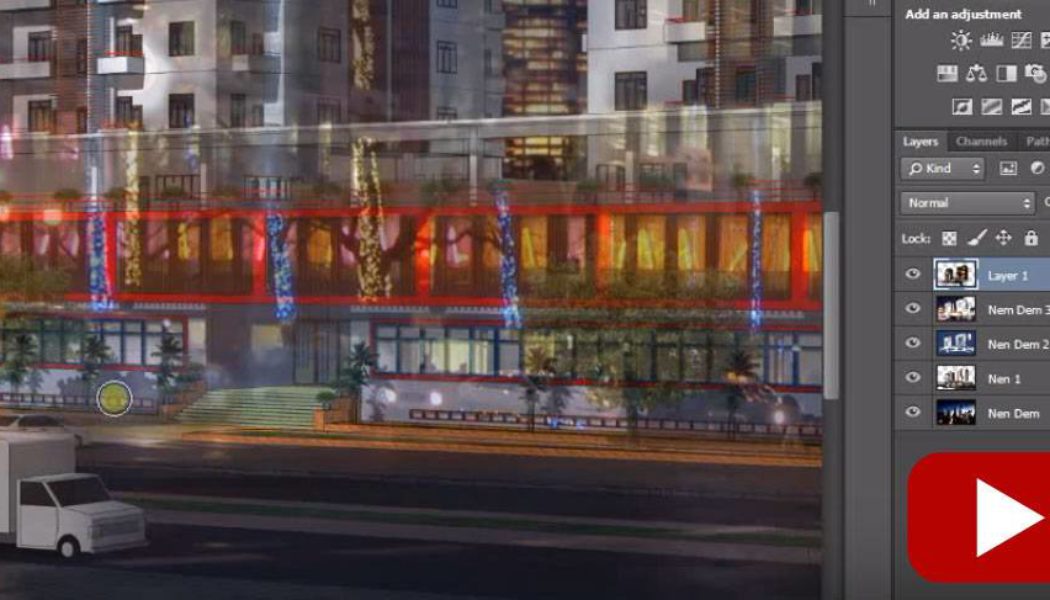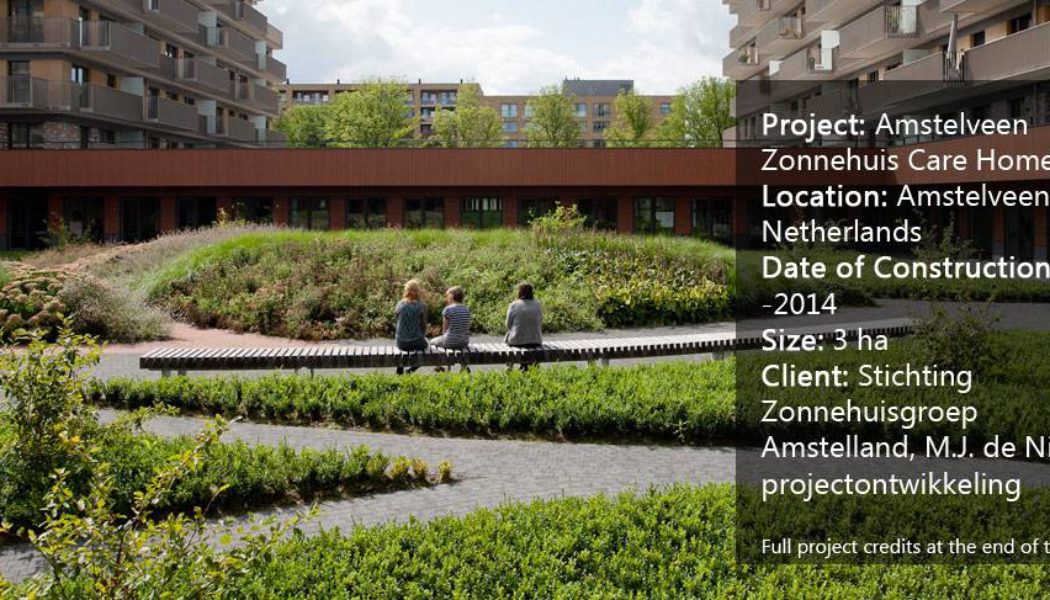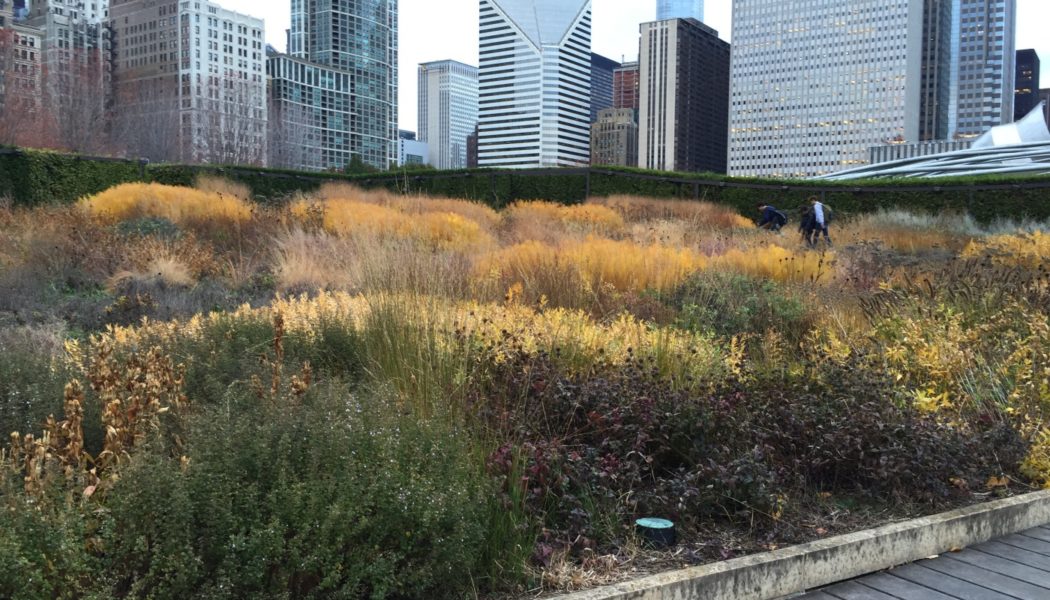Slow Landscapes- Lessons from the Farm-to-Table Movement
Slow Landscapes- Lessons from the Farm-to-Table Movement
Long before Los Angeles was stereotyped as a place that didn’t respect age or heritage, its terrain had been transformed from hillside native chaparral, oak woodlands, and riparian meadows to a regularized landscape of exotic evergreen trees, tropical palms, and green lawns. This botanical metamorphosis was spurred by Southern California’s unusual ability to grow the vast majority of the world’s plant species—given enough imported water. By the 1950s, Los Angeles had found its own special place in garden history for having the finest, most pristine specimens of the flat, sterile, suburban yards that defined the era. There has never been much historic consideration for the region’s subtle seasonal changes, and there have been shamefully few examples of landscape design even attempting to ha...Read More
The Complete Beginners Guide to Improving Your Hand Drawing
Article by Carlos Cortés Hand drawing is not just essential in landscape architecture. It’s also fun! Here we have the complete beginners guide to improving your hand drawing. Do you feel amazed when looking at other people’s drawings or sketches? Do you think you don’t have what it takes to do your own hand drawings? Give a try —you might be surprised. Landscape architects use hand drawing to express ideas visually. It’s also a tool to analyze and explore the environment. If you are not sure on how to start or think you lack the ability, take a look at our guide. Here, we will show you some tips to start improving your hand drawing skills. Improving Your Hand Drawing First of All, Can You Draw? If you can talk, you can sing If you have fun, you can draw! Of course you can draw — you...Read More
7 Top Photoshop Tutorials for Digital Rendering
Article by Erin Tharp LAN Writer of the Year 2015-16, Erin Tharp, takes a closer look at 7 Top Photoshop tutorials for digital rendering. One of our roles as landscape architects is to help our clients visualize the design that we are trying to sell to them. Plan view drawings usually aren’t enough to do that and oftentimes clients ask for renderings that will reveal what the project will look like once installed. One of the best tools we have at our disposal for this is Photoshop, but to use it we need to know some tricks to make our renderings actually look realistic. So here are seven Photoshop tutorials, ranging from super easy to slightly complicated, and all available on YouTube to help you perfect the art of photo rendering. Digital Rendering with Photoshop 1. Sketchup to Photoshop:...Read More
One of the Top Geoparks in the World – Fangshan Tangshan National Geopark Museum
Article by Aybige Tek Fangshan Tangshan National Geopark Museum by HASSELL and Studio Odile Decq, in the Tangshan, China. Fangshan Tangshan National Geopark Museum is one of the finest global geoparks in the world. A global geopark has major purposes; such as to be sustainable and to protect geological & historical heritage within the natural habitat. Fangshan Tangshan National Geopark has a variety of functions to fulfill for many people while it raises their curiosity about the natural world. It is definitely worth a visit to China to see it! Fangshan Tangshan National Geopark Museum What is Near Fangshan Tangshan National Geopark Museum? Fangshan Tangshan National Geopark Museum is close to internationally significant archaeological sites such as Nanjing Hulu Caves (ape-man). Ape-me...Read More
The Amstelveen Zonnehuis Care Home Inspires an Urban Regeneration
Article by Rosa di Gregorio Amstelveen Zonnehuis Care Home, by HOSPER, in Amstelveen, Netherlands. Sustainable development is becoming, in many places around the world, the way of re-thinking the city. To face issues like urban decay, brownfields and marginalization of some districts, instead of planning new buildings in non-urbanized areas. We see the implementation of the concepts of re-use, refurbishing and transformation of the current building heritage. An experience like this has happened in the Dutch city of Amstelveen, by the HOSPER studio. HOSPER is a multidisciplinary design bureau for landscape architecture and urban development. In this example we find the presence of an obsolete Care Home that has bestowed on the whole neighborhood the nickname of ‘elderly island’, leaving thi...Read More
Place Value: Empowering Landscape Architects to Measure the Economic Benefits of Designed Landscapes
Landscape architecture and urban design, in their placemaking capacity, are central contributors to the economic vitality of cities. Millennium Park in Chicago exemplifies the potential of designed landscapes to catalyze the cities around them. The 24.5-acre park, which cost $490 million to implement, is the subject of extensive third-party studies about its economic impacts, triggering a new term, The Millennium Park Effect. According to a Landscape Architecture Foundation (LAF) case study, the park, with over 5 million visitors annually, generates an estimated annual revenue of $1.4 billion in direct visitor spending and an additional $78 million in tax revenue. The number of residential units in the area has increased by 57 percent in the park’s first decade. New residential condominium...Read More
Roof windows give the most light
After three years of theoretical and practical work, the Danish Building Research Institute (SBI) has published few years ago “The Study on Daylight” in which it is confirmed that roof windows create the biggest factor of daylight, twice as much as vertical windows, and even thrice as much as windows on roof bulges. The company VELUX has stated for many years that roof windows placed on roofs at an angle of 45 degrees give as much as 40% more light than those on bulges. But, the calculation and tests prove the difference is even greater. SBI is a state institute under the sponsorship of the Ministry of Economic and Business Affairs in Denmark, and the study was conducted with the support and assistance of the company VELUX. The study had a large number of simulations done for each window i...Read More
Sustainable Residential Design: 5 Common Misconceptions on Stormwater Management
Throughout history, rain has been seen as an antagonist to the developed landscape. Civilizations in the Indus Valley region had developed sewers well before 2,000 BC, and sewers appeared in Roman settlements as early as the second century. Since then, society has aimed to control stormwater on developed land and remove it as quickly as possible. This strategy has yielded massively expensive infrastructure, frequently overloaded systems, depleted aquifers, and degraded water quality. Only the modern era—with the advent of environmentalism and sustainability—has brought about a revolution in the way that society deals with water, yet at the residential level traditional views persist. Sometimes the fault lies with the client, but often it is the fault of the designer. Let’s examine a numbe...Read More
Book Review: Infrastructural Monument and Scaling Infrastructure
A few years ago, the departments of Urban Studies and of Architecture at MIT found that they needed to take their joint workshops and studios to the next level. Subsequently, the Center for Advanced Urbanism was created with the mission to research innovative designs for global problems concerning urbanization. To attain these lofty goals, the CAU built “a community of experts, cities, and organizations who are committed to addressing these challenges.” Two recently published books chronicle two conferences organized by the Center around its first biennial theme – infrastructure. These books represent the first steps in publishing research applicable to “new theoretical frameworks and methodologies appropriate for urbanism of our time.” Each conference’s...Read More
How to Give a Space a Multitude of Functions
Article by Alexandra Wilmet Centenary Square, by the team of JMD Design, in Parramatta, Australia. To revive the central area of a city is a major project which often requires much research and reflection as to the future use of such a space. For Parramatta, Australia, the design office of JMD Design took on the challenge by offering a complete reversal of the civic center of the city. Let’s see how the team of JMD Design has managed to regain the space of Centenary Square by assigning multiple functions using a few simple ideas. Centenary Square JMD Design first decided to open up the space. This simple gesture allowed a clear view of the church and its gardens as well as pedestrian traffic through the square. With this first principle, the team gave a positive image to the city by ...Read More
8 Incredible Pools With the WOW Factor
Article by Win Phyo These incredible pools have changed how people think and interact when it comes to people and water. Fancy a dip? The first swimming pool existed 5000 years ago in a Pakistani settlement. The great bath was the earliest public water facility made out of bricks. The history of pools then moved to the ancient Greeks and Romans. As individual wealth increased, so did the standard of living and luxuries like pools were considered to be the ultimate amenity. The Romans definitely knew how to make a splash – in AD 305, they built an incredible pool; over 900,000 square feet in size, which was heated by giant fires in the basement below the pool. Over time, swimming pools evolved and became more mainstream as people began to see that part of the American Dream was to per...Read More
The Best Camping Experience for the Ecotourist
Article by Rose Buchanan We take a look at Lushna Glamping, an alternative camping experience for the ecotourist. Love nature, but hate bugs, dirt, and the extreme inconvenience of not being able to plug in your straightening iron? Then Glamping may just be the thing for you. A combination of the words “glamourous” and “camping”, this new wave of nature experience combines the beauty of connecting with nature through camping with the luxury treatment of a 5-star hotel. Lushna products have taken this concept to the max by developing eco-friendly and beautiful camping pods that allow for an intimate bond to nature without compromising on the comforts of a hotel. These pods echo the triangular shape of traditional tents, but re-invent them as beautiful timber structures with luxurious interi...Read More
















